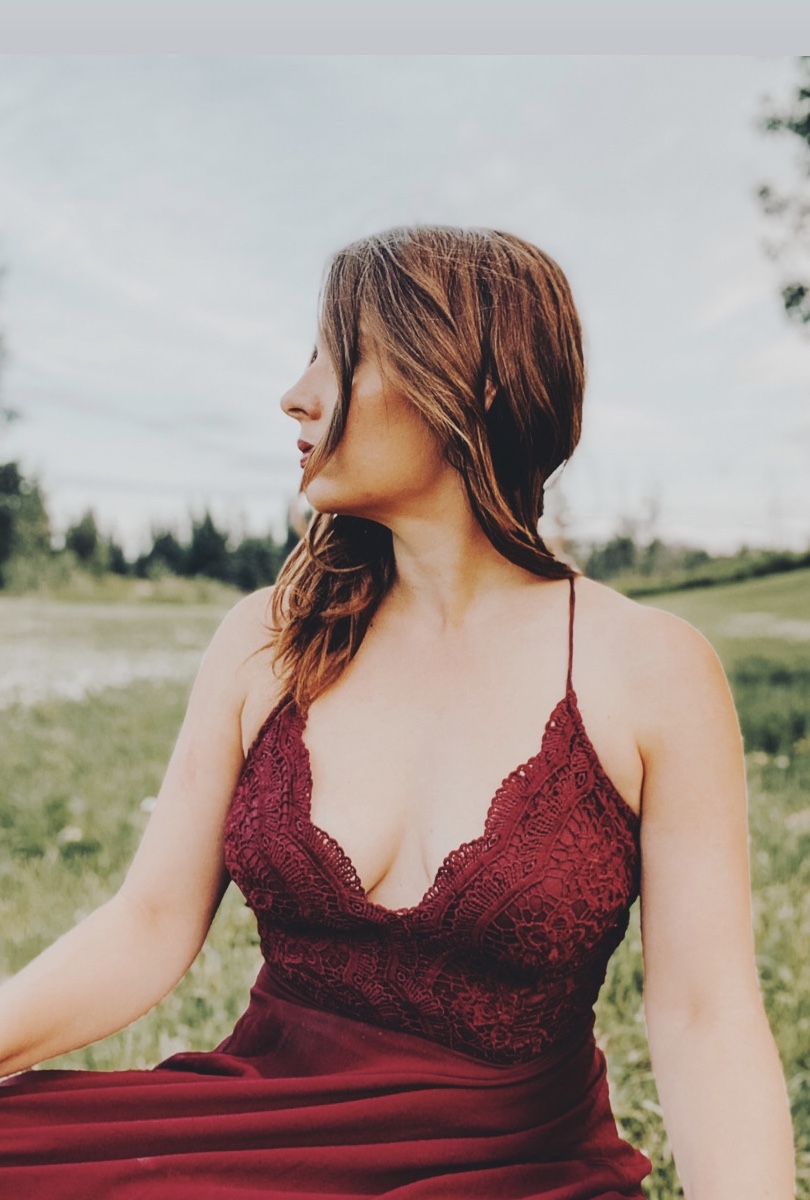Spiritual awakenings suck.
For years and years, I thought I was an awakened being.
I did yoga every day. I read a lot of self-help and “woke” books. I felt close to water, to Earth, and nature.
I always felt connected to something bigger—whether it be God, the universe, other people’s emotions, music that touched my soul, old poetry, my own feelings, or animals.
To me, that was spirituality.
The problem was I was doing all of these things—which is really great for the soul—but I wasn’t actually looking at myself and doing the inner work.
My spiritual awakening really happened when I blew my life up.
Spirituality isn’t always sipping tea and meditating; isn’t always reading books written by our favourite gurus, or listening to spiritually led podcasts.
Don’t get me wrong—these things are a part of the practice and process.
But at the real heart of spirituality is you.
Spiritual awakening is a total unearthing of everything you knew and everything you are.
It is coming face-to-face with our shadow self, looking in the mirror at our own ugliness, and coming to grips with who we are and what we’re contributing on our few thousand spins around the sun.
It is not a quiet sunrise and sip of coffee in the morning.
It is the violent and loud death of our former self, our old behaviors, our core beliefs, and our conditioned values.
It is fire—not just a walking through it, but a becoming.
Your spiritual journey starts the moment you are born, and continues down the natural life path we walk on—as children, adolescents, adults, and eventually elders.
We experience pain and, in turn, we grow. Our society doesn’t often emphasize or talk about this, so we have a difficult time dealing with pain when it becomes too much to handle.
Or, we don’t deal with it at all.
We shove our head in a proverbial sandbox because it’s easier to avoid life than it is to feel pain—to grow.
But is it?
Avoiding pain actually creates more within ourselves. You may protect yourself momentarily from getting hurt, feeling rejected or abandoned, and really being seen, but the reality is the wounds you’re creating for yourself in the long run are even worse.
At surface-level every thing can look great, but underneath it all, if we avoid pain, we eventually become that too.
The Buddha says there are three main types of suffering:
1. Dukkha-dukkha—the suffering of suffering. This type of suffering is the physical and emotional pain we feel.
2. Viparinama-dukkha—the suffering of change. This type of suffering arises from our inability to accept change.
3. Sankhara-dukkha—the suffering of existence. This could almost be described as our profound unsatisfactoriness of existence, caused by lack of passion, vulnerability, understanding, or circumstances in our quality of life.
How do we burn in this fire and become it—without it swallowing us whole?
If we are to suffer either way, how are we to make it to the other side and out?
We heal.
Again, healing is not necessarily sitting on the floor of a room with 20 other strangers, bowing your head, and listening to quiet nature sounds. It can look like observing your patterns, increasing your nutrition, finding inner peace, practicing gratitude, letting go of attachments, and calling more compassion and love into your life.
Pour into yourself—fill your cup. Whatever that looks like for yourself; it is different for everyone.
There is not one-stop shop for healing; there is no one-size-fits-all.
As Eckhart Tolle says:
“You find peace not by rearranging the circumstances of your life, but by realizing who you are at the deepest level.”
Because if we deny ourselves this growth, that is real spirituality suffering.
~











Read 3 comments and reply